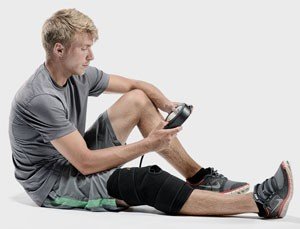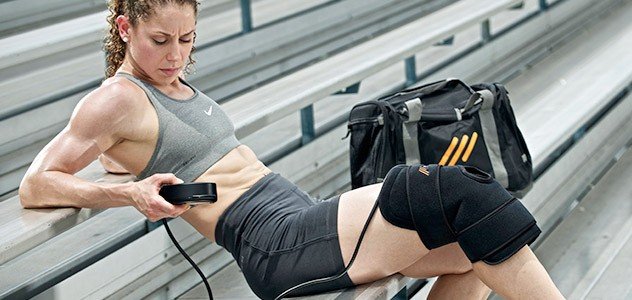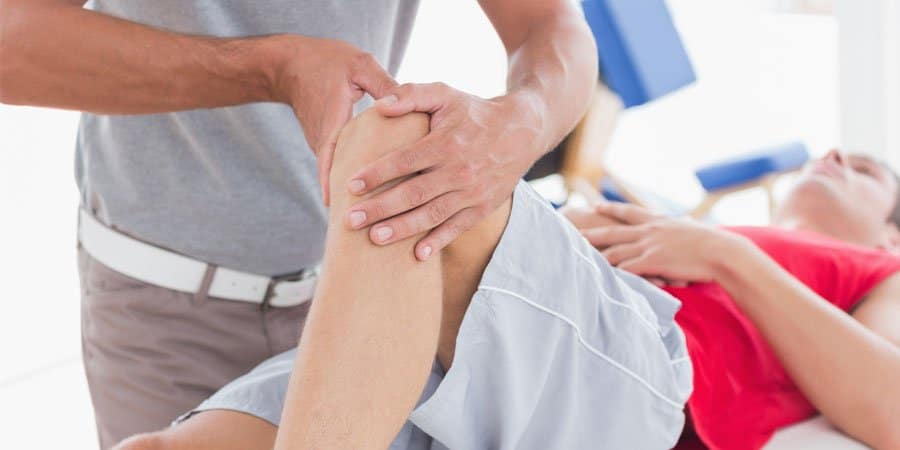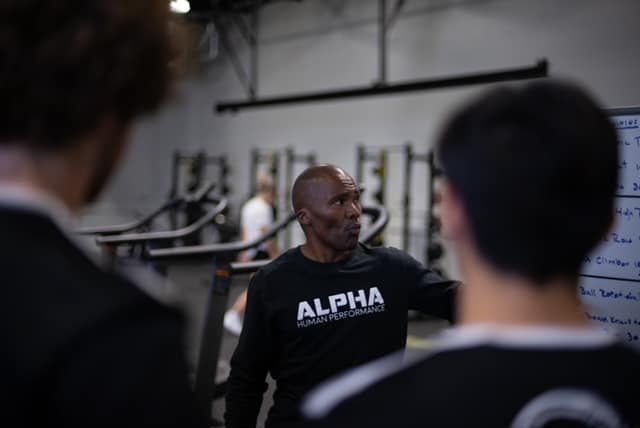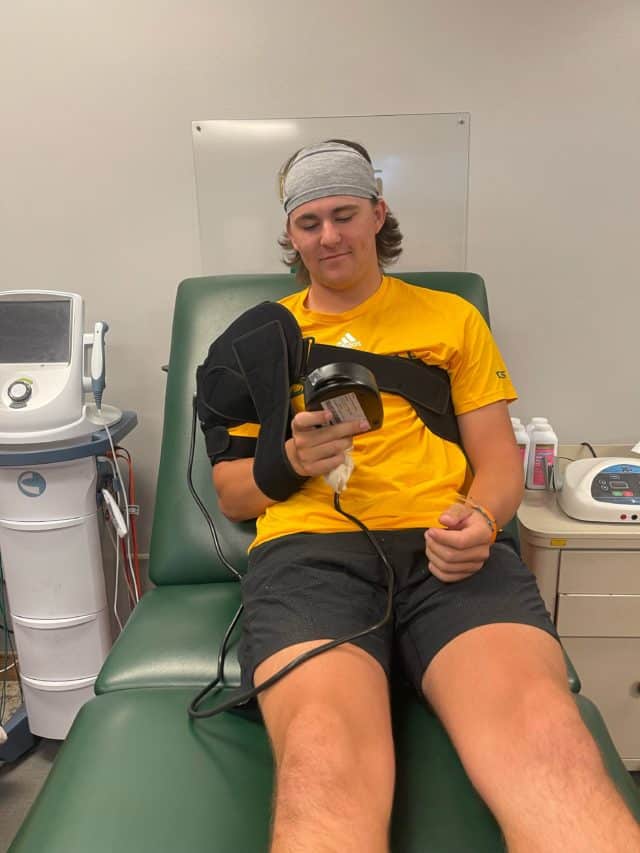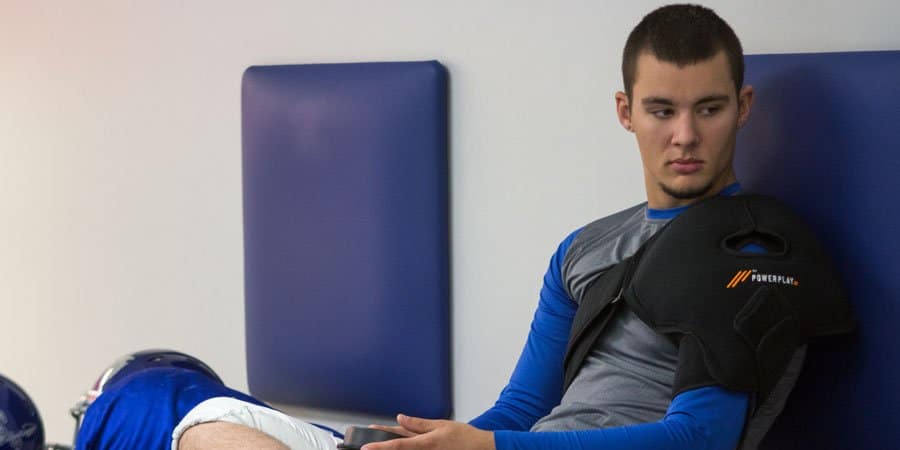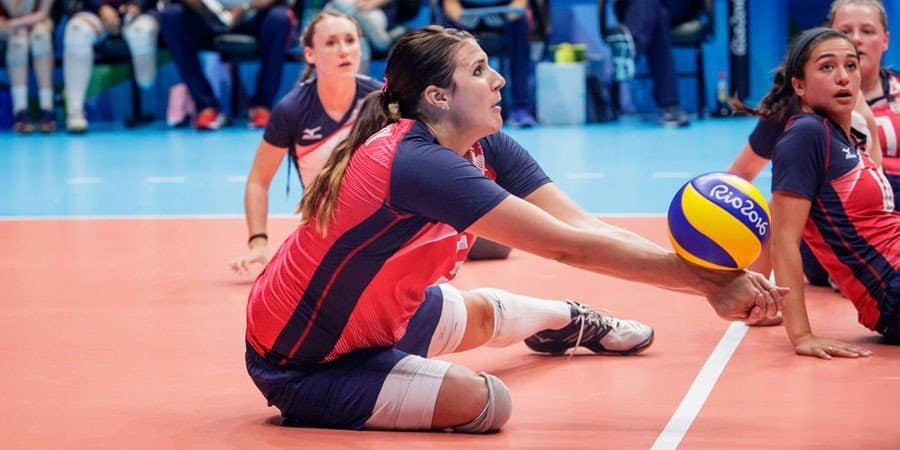An ACL tear, (or anterior cruciate ligament tear) is a fairly common yet devastating injury for athletes. Tears can happen for a number of reasons – changing direction rapidly, stopping suddenly, landing from a jump incorrectly, or colliding with another athlete. It is possible to recover from this injury without surgery with proper care from a Physical Therapist, however most athletes opt for surgery, which can rehabilitate them faster.
Although the ACL surgery recovery times vary from patient to patient, usually between 6 and 9 months, patients may take several measures that may result in a faster recovery, getting them back in the game sooner.
1. Consult your Physical Therapist
Your PT will be your guide to your rehabilitation process. He or she will set you up with range of motion exercises and strengthening methods at the right points of your recovery.
2. Control pain and swelling
Cold and compression are key ingredients of R.I.C.E. therapy – Rest, Ice, Compression and Elevation. Using a cryotherapy device with active compression such as PowerPlay with Knee Wrap can help ease pain and reduce inflammation by pumping blood and oxygen up and out of the injury site. In addition to your cold compression therapy, resting and keeping your leg elevated will also aid in the process to hasten ACL surgery recovery time.
3. Gentle exercise
Your Physical Therapist will tell you which strengthening exercises to incorporate and when. You can definitely expect a variety of range of motion exercises to get your mobility back to what it was prior to injury. Your PT will also recommend a stretching routine, which you should adhere to at home. Exercises will increase in activity level as time goes on, however you must be careful to not do too much too soon.
4. Restoring full ambulation
Starting slowly with more intense exercises is important during recovery from ACL surgery. Swimming and biking can be a gateway to activities such as light running. Increase your stamina, coordination and balance gradually, being careful to not aggravate or re-injure yourself. You should no longer feel pain, and the circumference of your injured knee should match the circumference of your non-injured knee. Once cleared by your surgeon, you may start returning back to your sport. Continuing your cold compression therapy is helpful in keeping swelling down and maintaining your performance.

